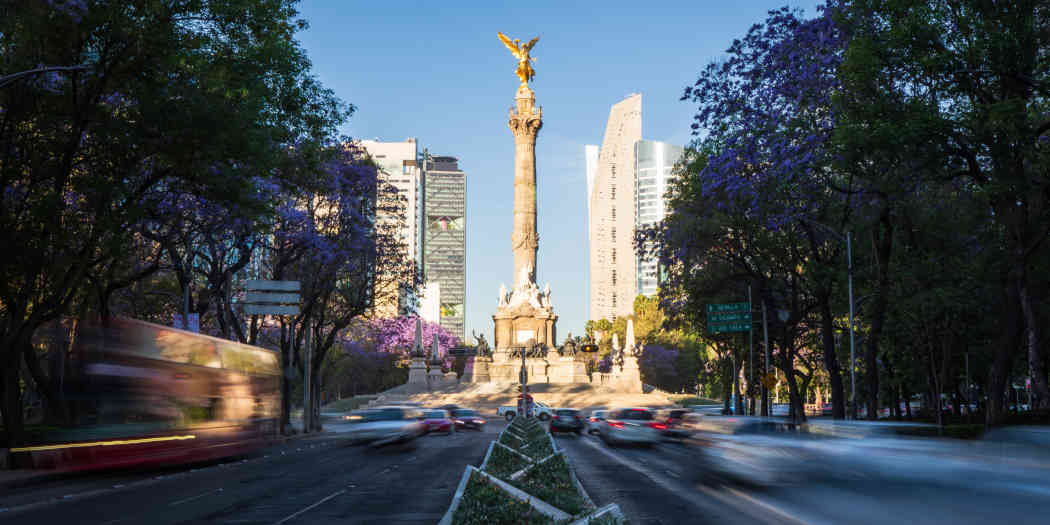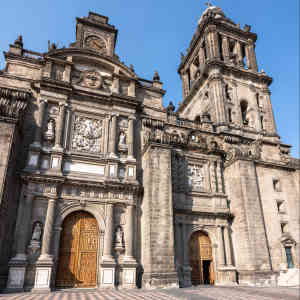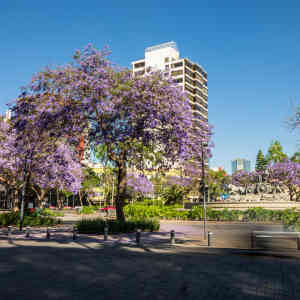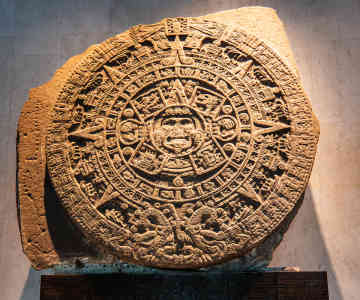Destinations
Mexico City is a vast metropolis: forming one of the world’s most populous urban areas, it is packed with culture, history and a vibrancy that can rival any of the world’s great cities.
Yet despite its size, most visitors to Mexico’s capital confine themselves to a handful of easily navigable neighborhoods. These areas are home to the vast majority of the major museums, monuments, and the restaurants that enrich the city’s world-renowned culinary scene.
Sights
The streets of Mexico City bring to life the country’s fascinating and complex history.
Mexico City stands on the same ground as the Aztec capital, Tenochtitlan, that was leveled to the ground by the conquistadors. Remnants of pre-Hispanic civilizations have been uncovered at the Templo Mayor, can be seen in the vast pyramids of Teotihuacán, and are preserved at the remarkable National Museum of Anthropology.
The colonial period brought grand cathedrals and distinctive architecture to the capital of New Spain, preserved to this day in the streets of the Centro Histórico and Coyoacán.
Mexico’s tumultuous journey as an independent nation is represented across the city. From the grand European-style palaces and boulevards envisaged by the nation’s 19th-century rulers, to the turmoil of the Mexican Revolution. And Mexico’s defining impact on the global arts scene can be seen in spectacular murals, the portraits of Frida Kahlo or the architecture of Luis Barrágan.












